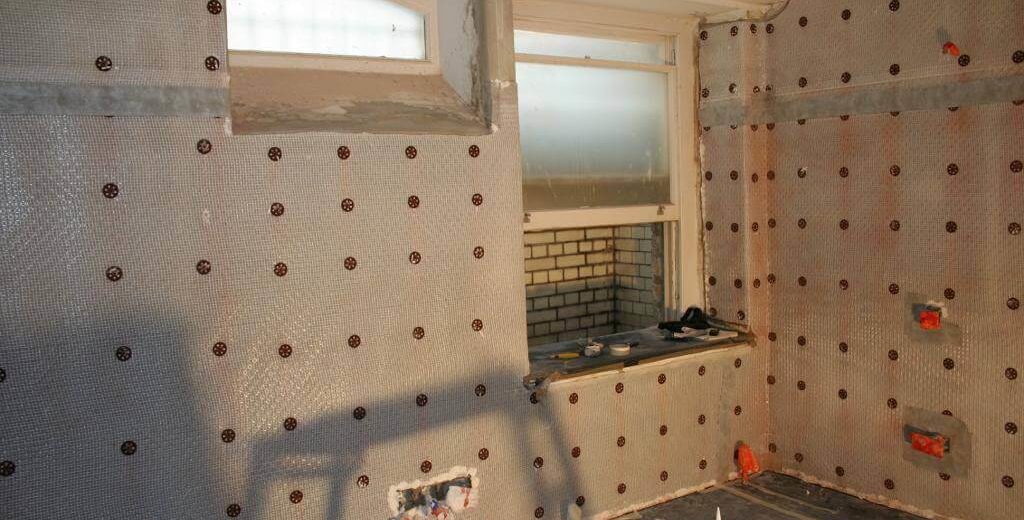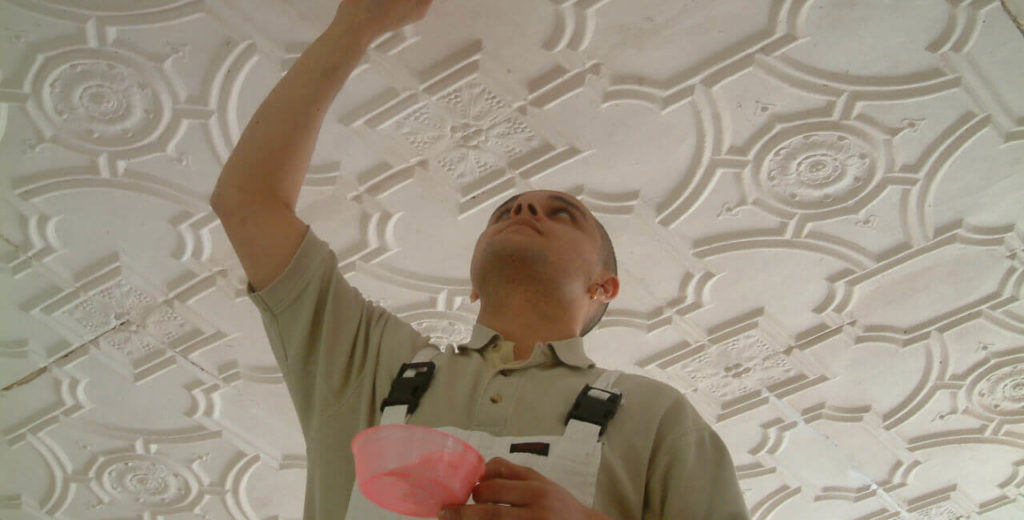Damp can prove to be a major concern for house owners by adversely affecting the appearance, strength and value of their properties. It is quite common to notice discoloured walls, presence of mould and foul smell in most homes and all these signs point towards the presence of damp which require appropriate damp proofing methods for its safe and proper removal. Before beginning with the process of damp proofing Essex homes, it is crucial to identify its types.
Primarily three categories are there for classifying damp – rising damp, penetrating damp and condensation.
Rising damp occurs when water from ground level starts to draw upwards as it comes in direct touch with mortar and bricks. It means that the underlying source of damp in this case is where mortar or bricks of any wall are in direct contact with ground. As the damp keeps on rising upwards from wet bricks at the lower level, it can also form a grip on the upper part of a wall, which is usually dry initially. This problem can become more severe in areas where damp proof course is either damaged or inadequately applied on the walls. Rising damp can not only affect the internal walls of your home, but external structure as well. Presence of moisture, salt bands and damp patches commonly signify the presence of rising damp.
Penetrating damp is usually caused due to defective or improperly installed roofing, windows, brickwork etc, as these areas allow the water or moisture to easily penetrate and affect the interior walls of a property. In case you have issues like poorly laid roofing, cracked brickwork, broken downpipes, improperly fitted windows and door frames, etc, these can act like an ideal place for rainwater to enter the structure of property and ultimately take the form of damp. Discolouration of internal areas, salt deposits, hollow plaster, rusting nails and timber are some common symptoms you will be able to notice if you have the problem of penetrating damp in your house.
Last is the condensation, which is also a highly common type of damp and is caused due to poor ventilation. Cold floors, windows and walls are the primary places where this form of damp can be noticed. In case you notice black mould forming on your windows, then you can be sure that your home is under the attack of condensation. If not treated on time, this problem can also lead to rotting, either dry or wet.
Identifying the presence of damp in your house, as well as its type is easy, provided you have good knowledge. In case you are not unsure about the same, then it is recommended to get in touch with a professional, who can not only help to determine the right type of damp affecting your property but also suggest the most appropriate method for damp proofing Essex properties to eliminate this problem from its root cause. Timely action can not only save your home from further damage but also avoid any risk to your health and life.



This is such an impressive blog. Damp proofing the walls of your home ought to be done to prevent mold buildup and sogginess in walls. Structural dampness because of buildup can demolish your home’s inside in a limited capacity in a short span of time.